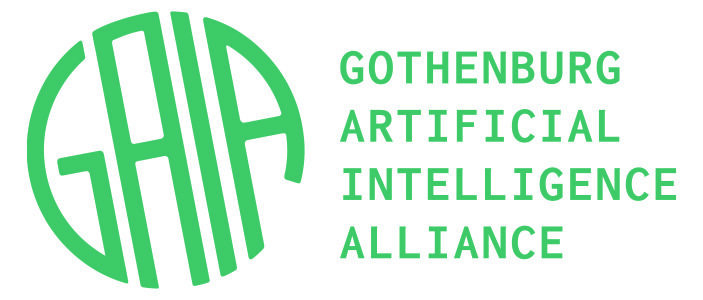Abstract
Deep learning has transformed the fields of computer vision and natural language processing. There is a more recent trend in using neural networks to solve differential equations, and it is less well known and has so far mostly gained academic interest. Computer-aided engineering is, under the hood, based on solving partial differential equations (PDE) approximately with classical methods such as the finite element method.
A crash simulation takes hours to run on a computer cluster, and the PDE has four dimensions (three space dimensions and one time dimension). Last year, various non-linear PDEs with 10000 space variables were approximately solved with deep learning on much smaller computers. The problems are not perfectly comparable, but this result still indicates the ability of deep learning to scale beyond classical methods. Both automatic control and sensor fusion problems can be formulated and solved in terms of PDEs. Still, due to the computational complexity of classical methods, these are not used in practical algorithms. In this talk, I discuss how such equations for stochastic control and sensor fusion can be used to derive practical algorithms, with deep learning being the enabler.
Adam Andersson
Radar Systems Engineer @ Saab Surveillance
Adam Andersson works as a radar systems engineer at Saab Surveillance. He is a mathematician with a research background in numerical analysis and probability theory. During his four years in the industry, he has been working with applications of machine learning and sensor fusion and more research-oriented machine learning projects. His role has a semi-academic character with collaborations, master and Ph.D. supervision at Chalmers.

